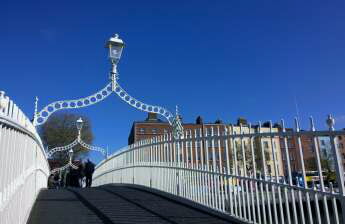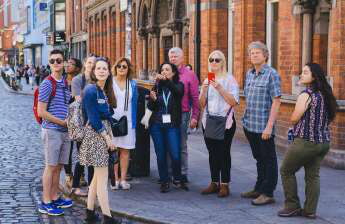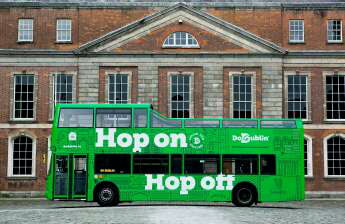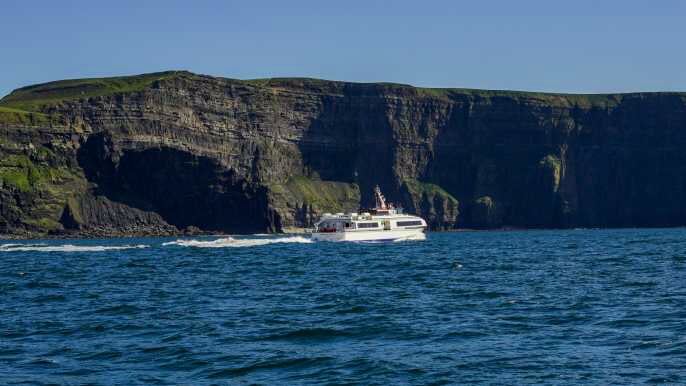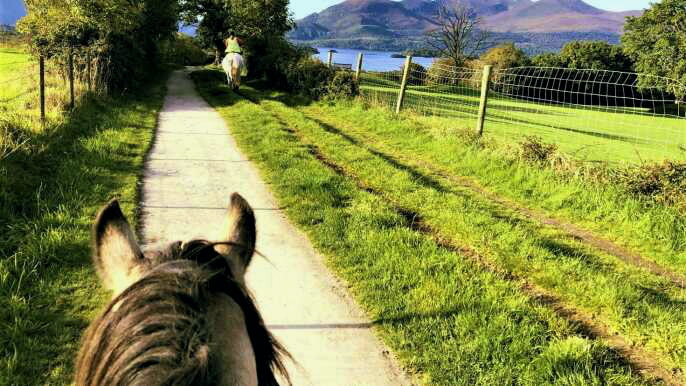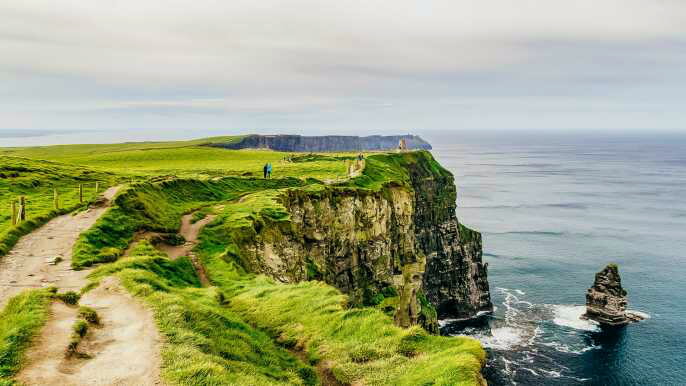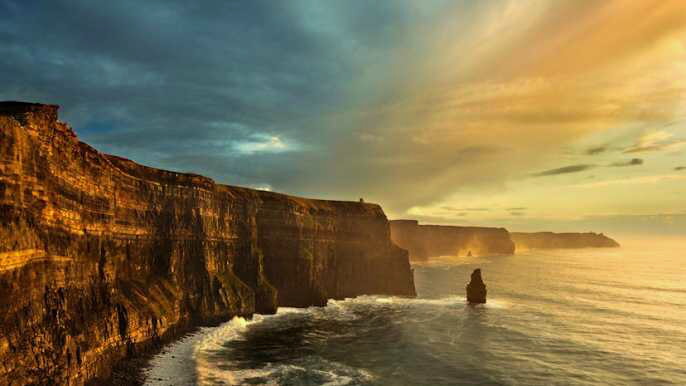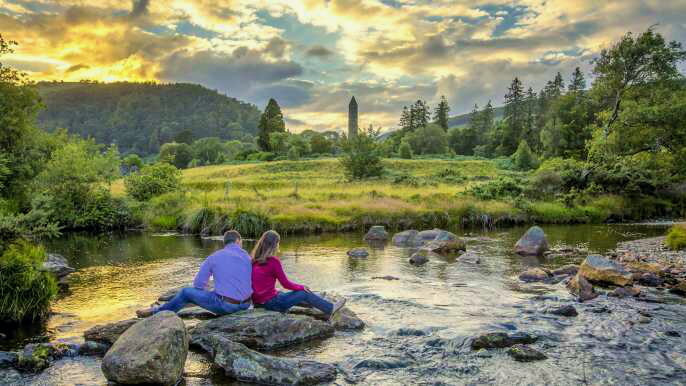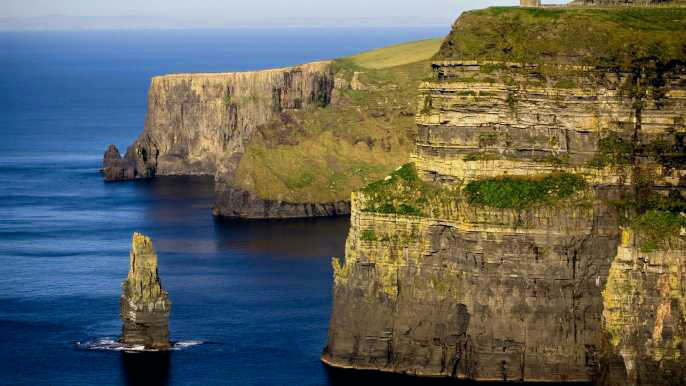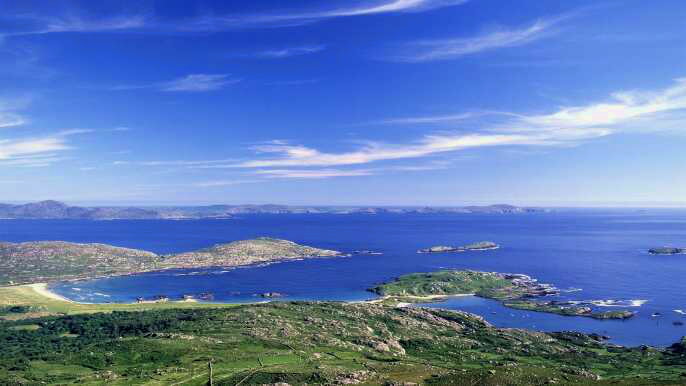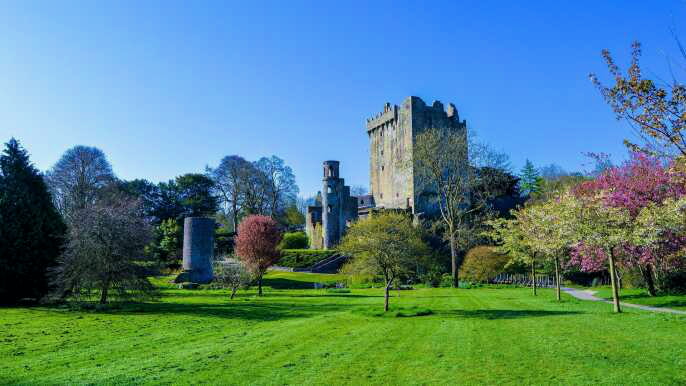The capital of Ireland is a fantastic place to visit. It has so much to offer, from castles and cathedrals to music and shopping.
Dublin also has a lot to offer the nature lover. Taking a day trip outside of the city centre is a great way to experience some of the best beaches in Ireland.
St. Patrick’s Cathedral
The cathedral is Ireland’s biggest church and a landmark of medieval Dublin. Originally built in the 1190s, it was extensively restored in the 1860s and financed by the Guinness family.
It is not a Roman Catholic cathedral, so you won’t find a bishop here; instead, the cathedral is led by a dean. Jonathan Swift, author of Gulliver’s Travels, served as dean from 1713-1745 and is buried in the church.
The choir, which was founded in the 13th century, sings regularly. On 13 April 1742 they joined with the choir of Christ Church Cathedral to give the first performance of Handel’s Messiah.
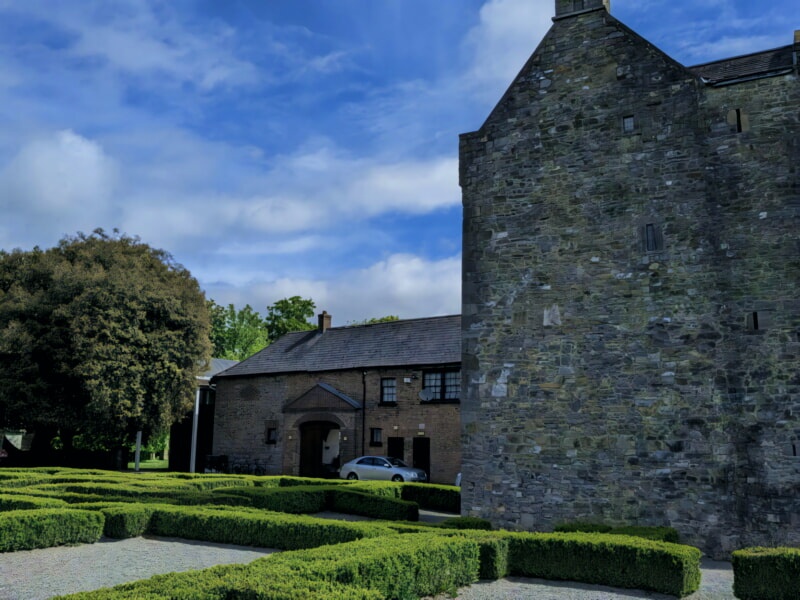
Christ Church Cathedral
Christ Church Cathedral is one of Dublin’s leading visitor attractions and has been a place of pilgrimage for almost 1,000 years. Renowned for its beauty, architecture and exquisite floor tiles, the cathedral was founded in 1030 by Sitric, King of the Dublin Norsemen and incorporated into the Irish Church in 1152.
Its 12th century crypt is one of the largest in Britain and Ireland and contains a trove of history. Curiosities include a glass display case that houses a mummified cat in the act of chasing a mummified rat frozen mid-pursuit inside an organ pipe from the 1860s.
The Little Museum of Dublin
The Little Museum of Dublin opened in 2011 after a public campaign to collect artifacts from Dubliners to create a people’s history museum. Today it’s an unmissable spot to get a real sense of the city through the eyes of its residents.
The Museum is in a tall Georgian townhouse right on St Stephen’s Green. It’s accessible on multiple bus routes and nearby paid parking is available.
While it’s best accessed through a guided tour (book tickets here), the museum has an amazing collection of items. From the Easter Rising to JFK’s 1963 visit to Ireland to the meteoric rise of Dublin rock band U2, it’s worth a trip for anyone interested in the history of this capital city.
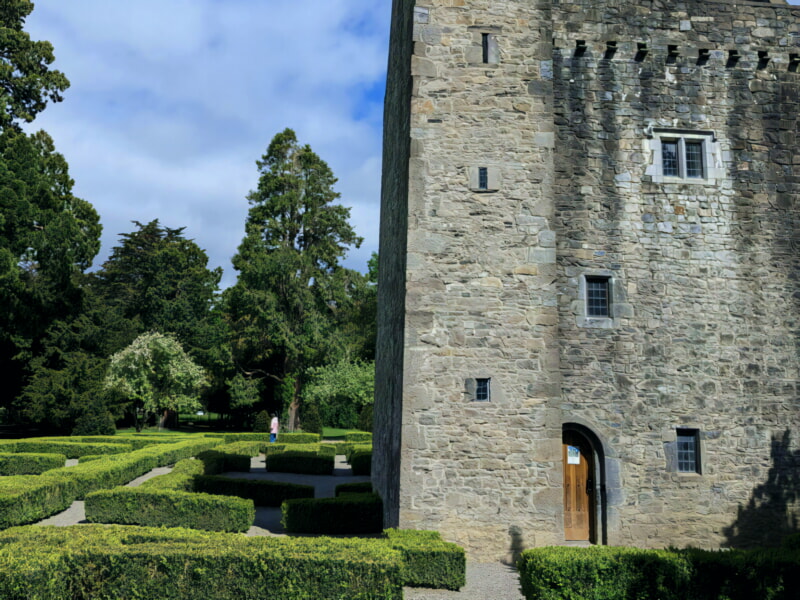
The National Botanic Gardens
The National Botanic Gardens are a beautiful green oasis in the leafy suburb of Glasnevin, not far from Dublin city centre. They are home to over 15,000 plant species from all over the world.
They are separated into different areas, including a sensory garden, a rockery, and extensive herbaceous borders. They also have a cafe where you can relax and have a tea or coffee before heading back into the city.
The Gardens are also a research institution and training centre for horticulturalists. They breed many prize orchids and participate in biodiversity conservation initiatives.
Glasnevin Cemetery
As Ireland’s first non-denominational cemetery, Glasnevin is the last resting place of over 1.5 million Irish people. It’s also the burial site of many famous figures, from Daniel O’Connell to Eamon de Valera and Countess Markievicz.
Since its opening in 1832, the authorities at Glasnevin have kept a record of every burial. These records are a treasure trove for genealogists.
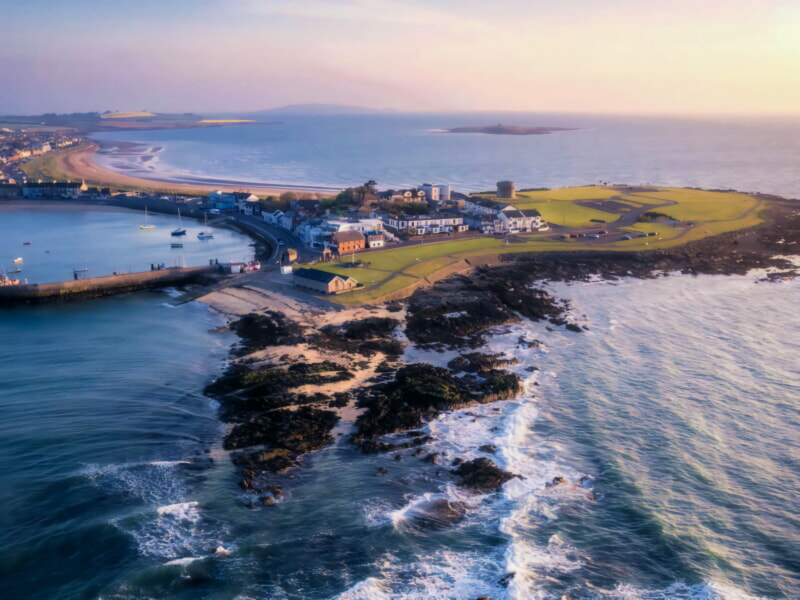
Merrion Square
Merrion Square is a gem of Georgian Dublin, featuring imposing houses and an abundance of sculptures. Admire the exquisitely-crafted doors of the remaining Georgian houses, and ramble around the beautiful park.
Merrion square has had many residents throughout the years, including Oscar Wilde who lived here as a child. Daniel O’Connell also called the square home, and Bernardo O’Higgins who was the liberator of Chile.
In recent years, the park has gone through major improvements to re-instate its Georgian features. This is supported by a year round cultural and events programme to promote the area as a “go-to” place for culture seekers.
EPIC The Irish Emigration Museum
EPIC The Irish Emigration Museum is a modern tourist attraction in Dublin’s Docklands that covers the history of the Irish diaspora and emigration to other countries. Located in the former CHQ building, it was designed by London-based design firm Event Communications and is three times winner of Europe’s Leading Tourist Attraction at the World Travel Awards 2019.
The museum takes visitors on a journey through 20 interactive galleries that explore why people left Ireland and how they shaped their home country. You can also trace your ancestry with a separate genealogy service.
